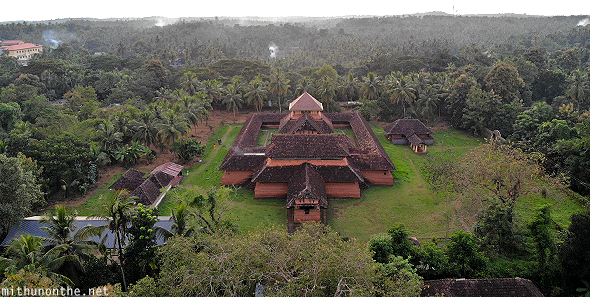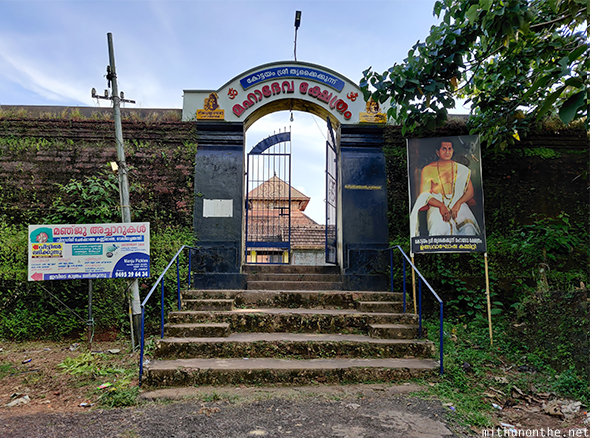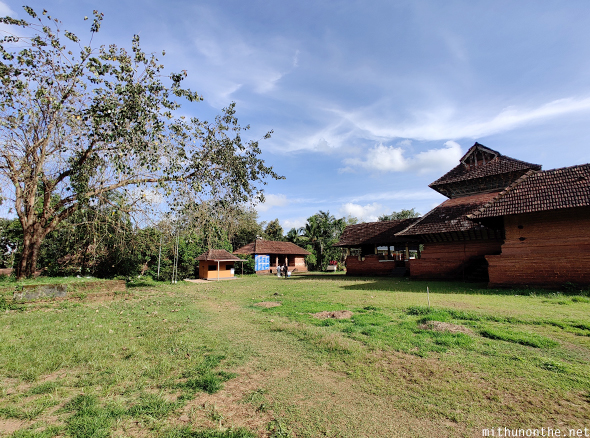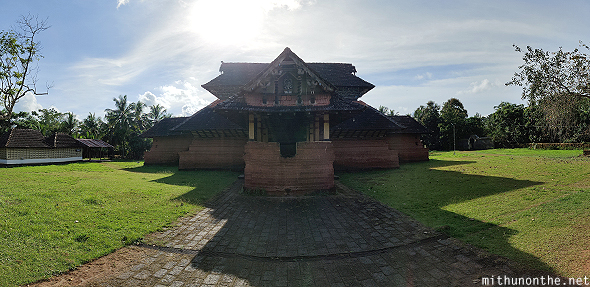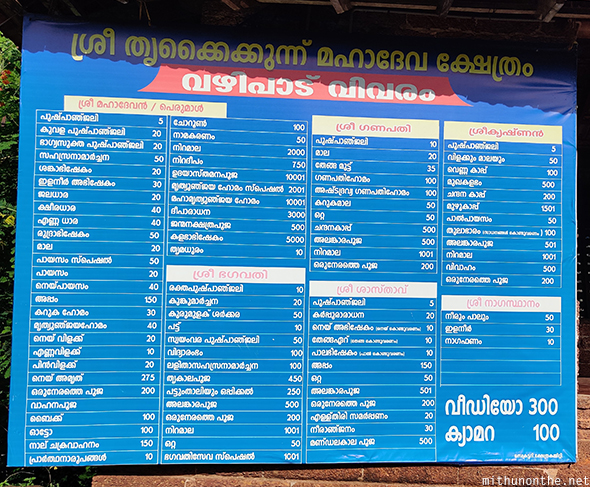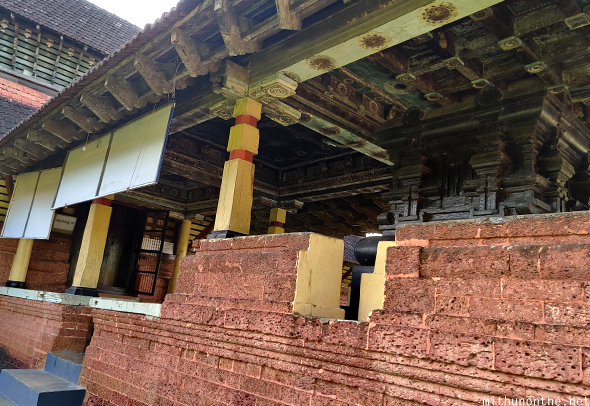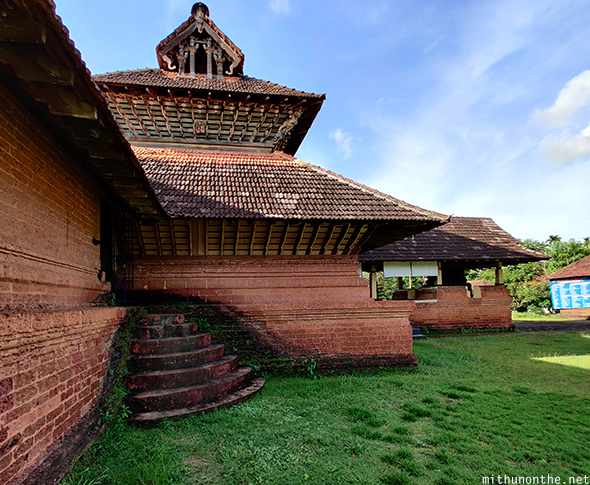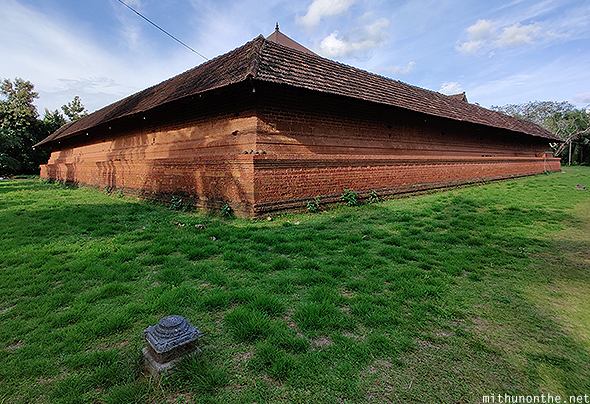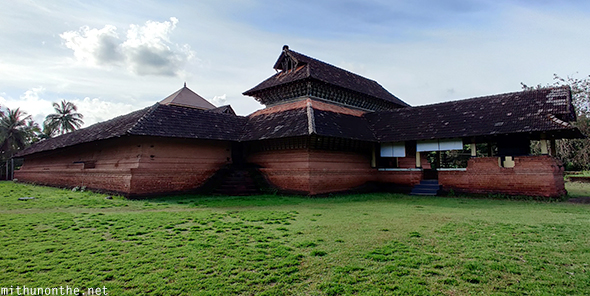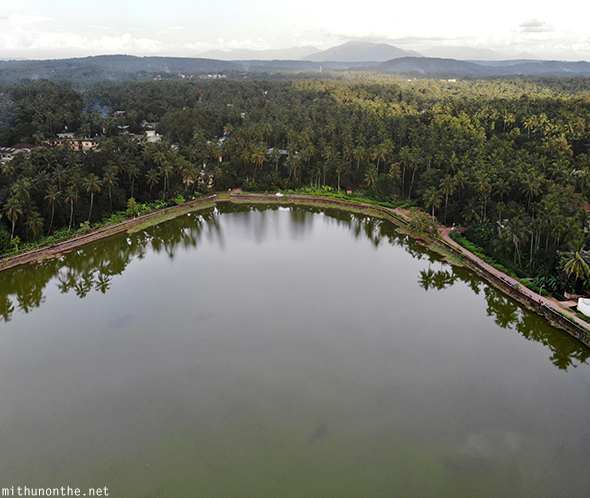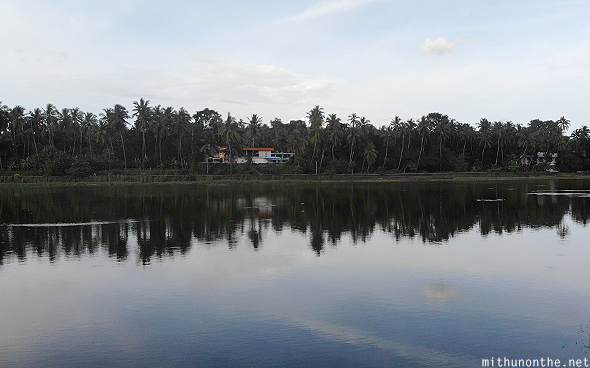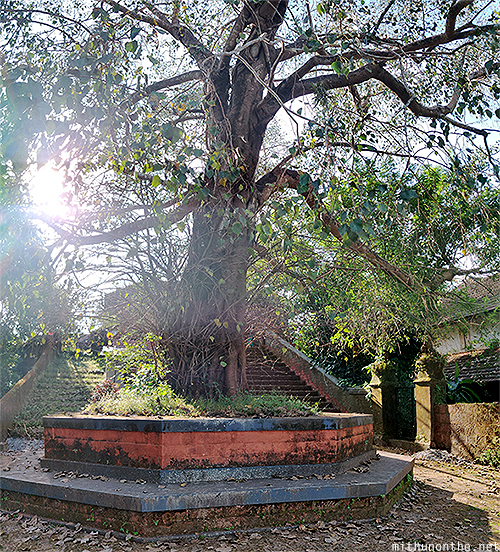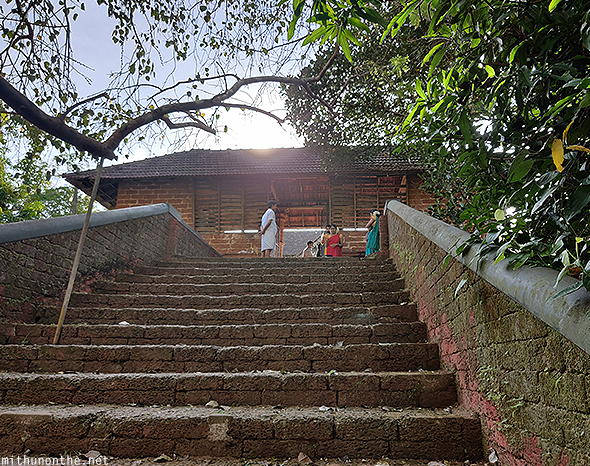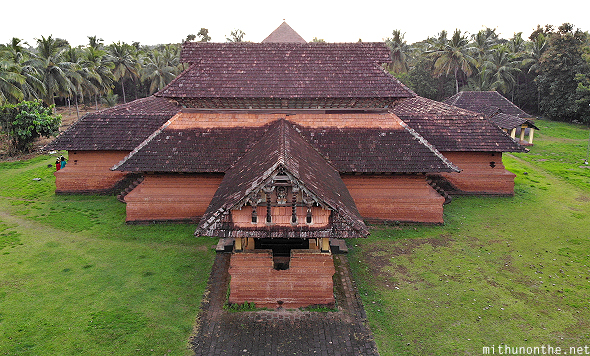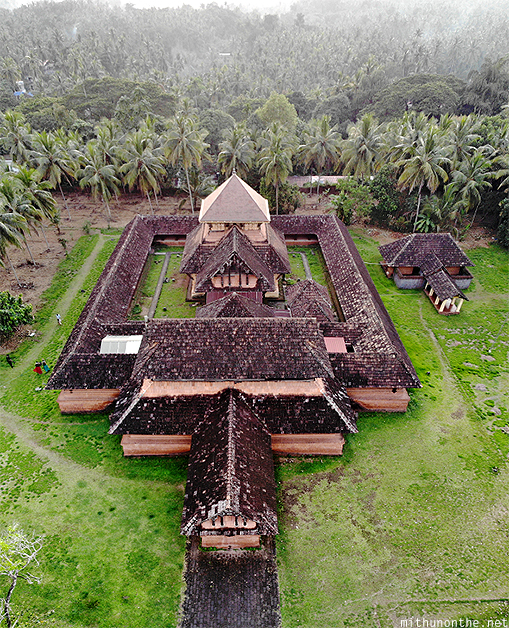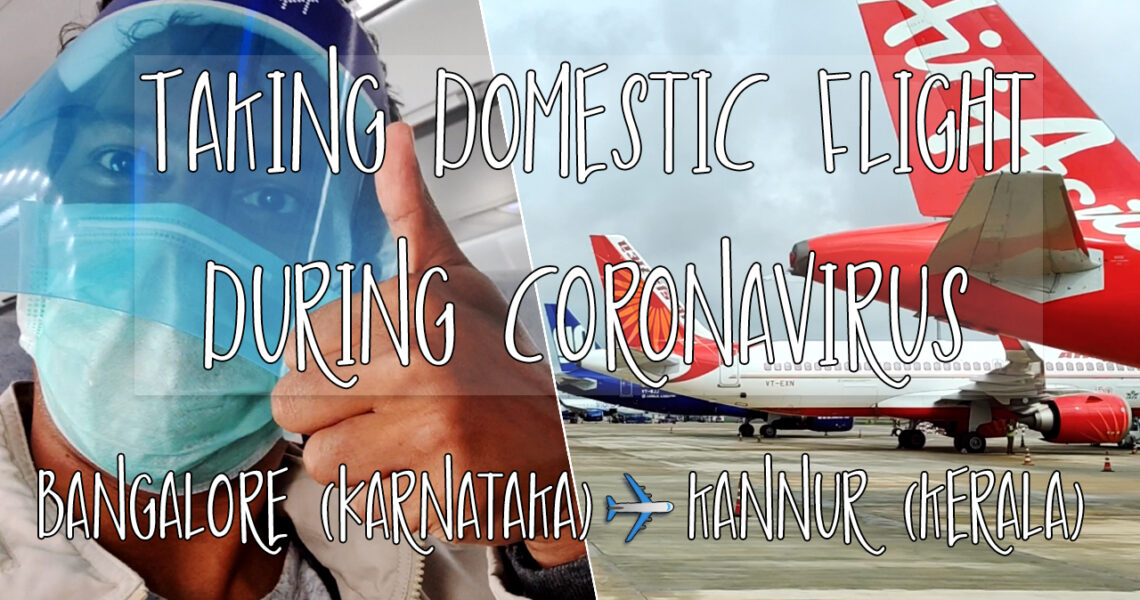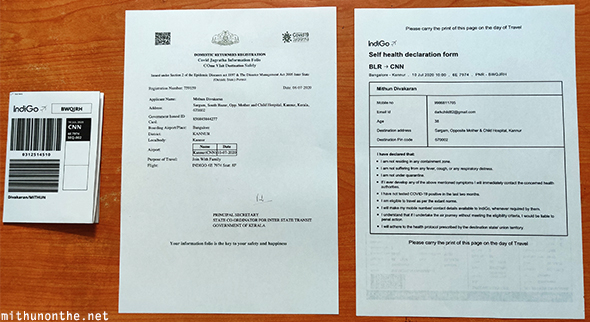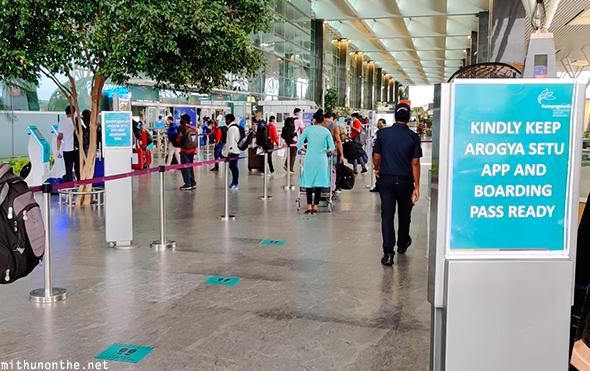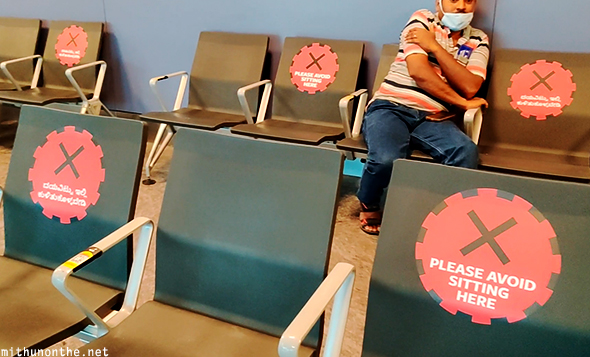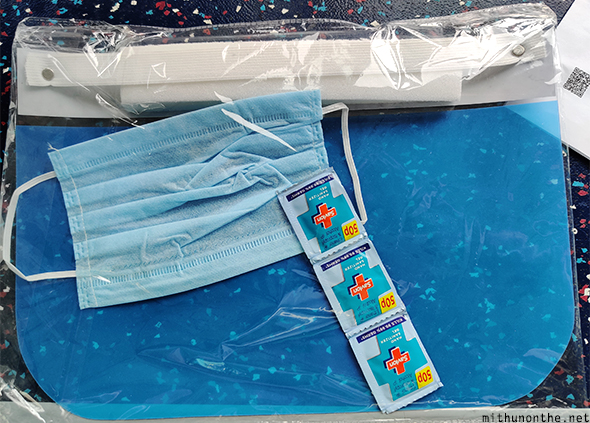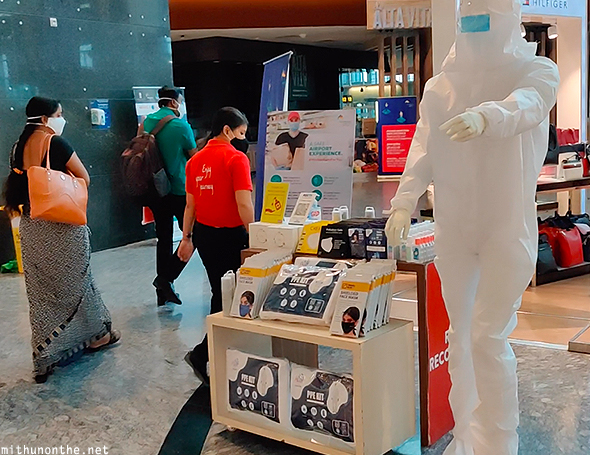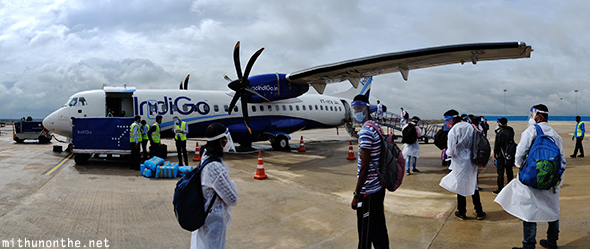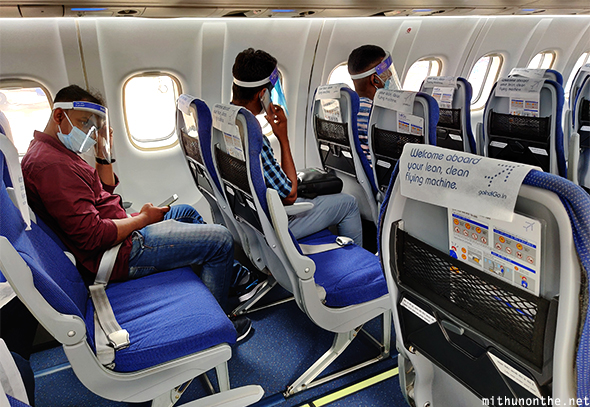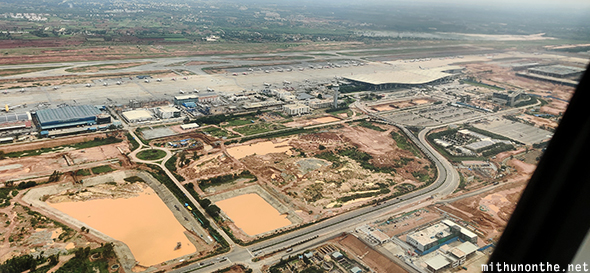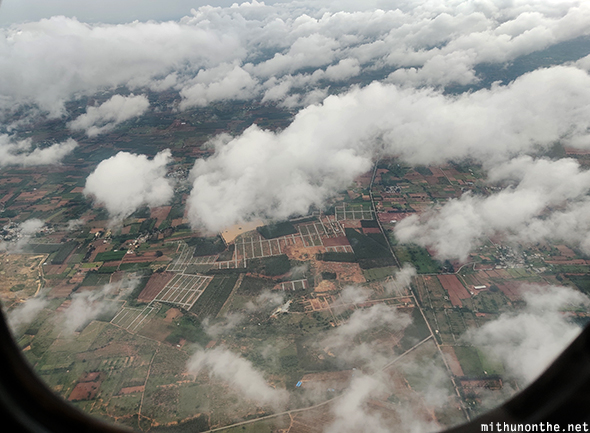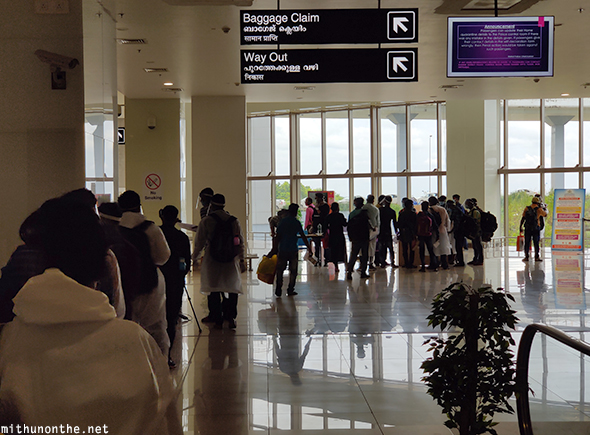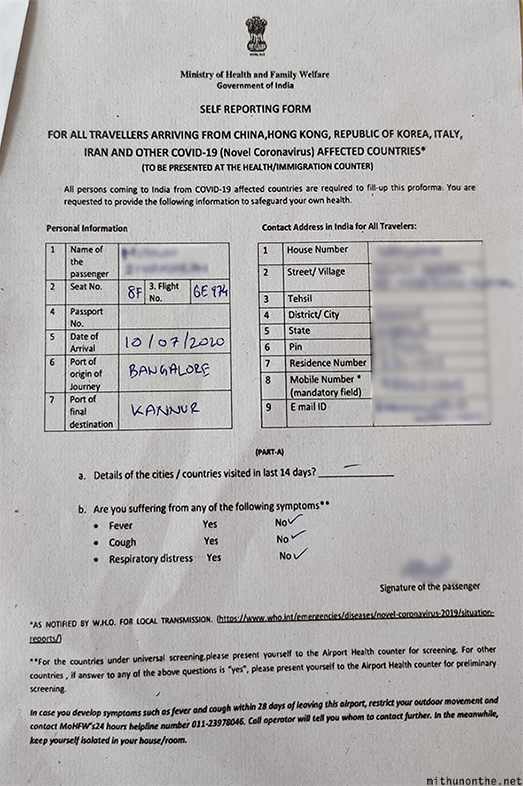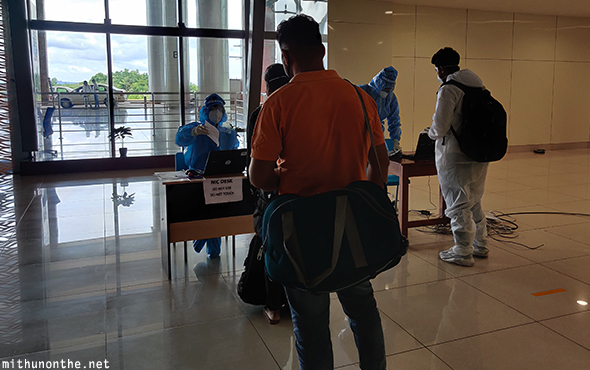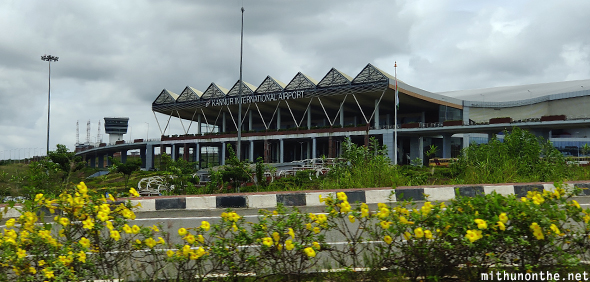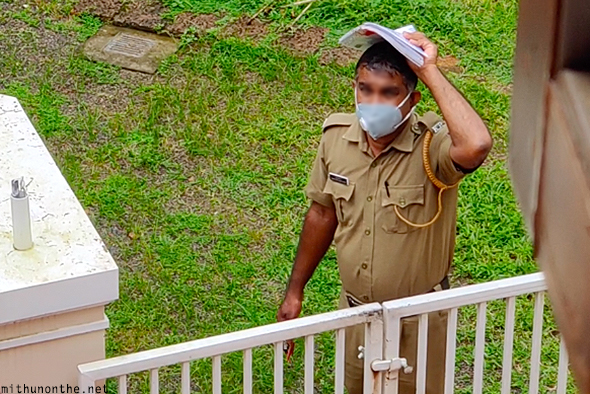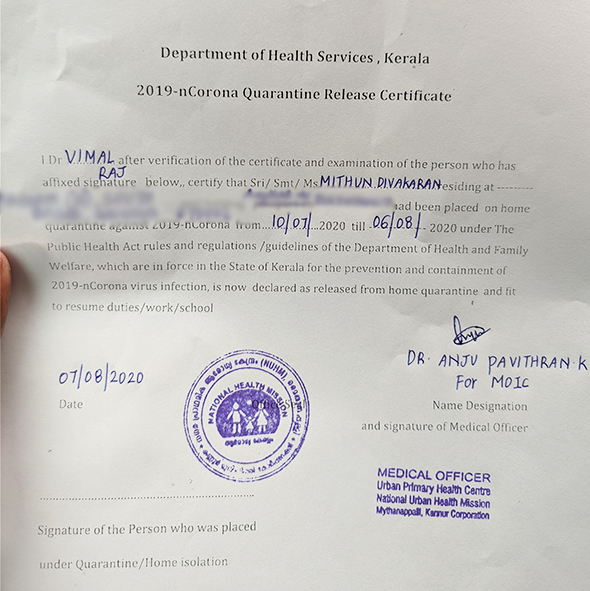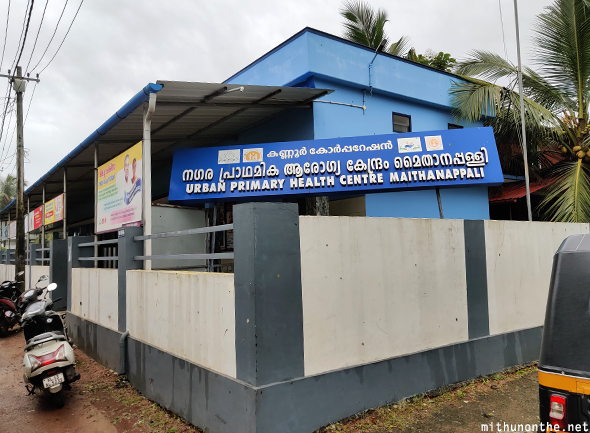Date: January 15, 2025
After not traveling anywhere in 2024, I began 2025 with a trip I had been planning for months prior. When Coldplay was going to play in Bangkok in 2024, I read rumours about the British band bringing their Music of the Spheres tour to India. So I held back from spending way too much just to go see Coldplay in Bangkok.
Tickets went live on BookMyShow on September 22, and although I struggled to purchase tickets, luckily I had a friend who got one for me. As luck would have it, the tickets arrived just a few days before I had to leave for Bangalore, and so I took the train to Calicut to meet my friend and got my entry tag.
I have already published the blog post about the Coldplay concert in Navi Mumbai, so now I’m going to begin my Mumbai series with all that I saw in the few days I spent in India’s financial capital.
Past midnight, I took an Uber to Bengaluru’s Terminal 1, which is now all domestic.

I booked with Akasa because at the time of booking, I got a fare of ₹3591 ($42/€39) including luggage and meals — which I thought was a good deal. More importantly, the flight was supposed to depart at 8:10 AM and arrive in Mumbai at 9:50AM — which I felt would have been a perfect to start my day and check-in to my hotel. Then one month prior, I get an email from Akasa Air saying due to a schedule change, my flight time was changed to depart at 3:50 AM and arrive at 5:35 AM! Grrrh

But while passing through security, I was sidelined and asked to take out an old mini mosquito bat that I was carrying. I was told that I would have to keep that in my check-in baggage because a device that can create electric shocks cannot be allowed on board. I told the guy it was old and not very strong but security wouldn’t allow it. So there, if anybody is wondering if mosquito bats are allowed in hand baggage on flights within India — the answer is no. I ‘gifted’ the security staff my old mini mosquito bat and walked to my gate.





Sadly it was served chilled but other than that, it tasted good. Cafreal poi is a Goan (originally Portuguese) dish — basically meat stuffed bread pockets.


First impressions of the domestic terminal? Man, I cannot believe this was the domestic airport of India’s richest city. Bangalore is now leagues apart compared to other Indian cities when it comes to airports. Thankfully Mumbai’s Terminal 1 is now getting a makeover.
Given the fact I arrived very early, I was in no rush to leave the airport. I sat inside for a while to figure out what to do and make plans in case I was not allowed to check-in early.

I had booked a hotel in Parel for two nights as I planned to do some sightseeing before the Coldplay concert. But once I got to Pals Hotel, the security guard said it was too early and the rooms are all full, so I would have to come back by noon to see if I could check-in. Feeling sleep deprived and tired, I wondered what to do.
Eventually I decided it was best to make the most of my time and headed to the Gateway of India. I walked to the closest train station Cotton Green, to get to Chhatrapati Shivaji Terminus (CST for short).

As the train slowly made its way to CST, there was a stench in the air along the way. I don’t know if it was because of fish mongers using trains to get to & from markets or whatever else that caused it… but Mumbai had a stench!

Chhatrapati Shivaji Terminus was constructed in the late 1880s by the colonial British and was originally called Victoria Terminus until 1996. After nearly 50 years of gaining independence from the British, India realized they didn’t want to keep British names anymore. So Bombay became Mumbai (again), and Victoria Terminus got re-named after Shivaji, the Maratha Empire warrior king.


CST was designed by British architect Frederick William Stevens in an Italian Gothic style. Construction was completed in 1887.



You noticed the red stains at the bottom of the pillar above? Those are paan gutka stains. For the non-Indians, paan gutka are smokeless tobacco chewables sold in small sachet packets (popular in North India) containing areca nut, tobacco, and other ingredients. People out here have a habit of spitting this shit everywhere!


BMC is Bombay’s Municipal Corporation, and despite the beautiful building they work in, BMC work in Mumbai is anything but beautiful! Richest municipality in India with billion dollar budgets — and also the most corrupt. Mumbai does not have the infrastructure it deserves, even though the city is the highest tax generating city in the nation.

There is a bus terminal close by CST and I lined up for the bus that drops tourists near Gateway of India.


Other options for 3 or 4 star hotels nearby are Abode Bombay, The Gordon House Hotel, and Hotel Suba Palace. For cheap or budget options — try Hotel Shabana, Hotel O Blue Light, or One Step Hostel.
A short walk from where the bus stopped, and you see it.


The 85 feet height arch monument was built to commemorate the 1911 landing of King George V and Queen Mary in Bombay; works were completed in 1924.






So if you have a fear of pigeons (yes, it’s a thing), be warned — there are hundreds of pigeons flying around Gateway of India and as you will see in my video (which I will add later), they’re very popular among tourists and photographers!

Understandably so. For those who don’t know, in 2008, there was a terrorist attack carried out by Pakistani Islamists who came to Mumbai by boat at night, attacked the Taj Mahal Palace Hotel, and then spread out to other spots across Mumbai, killing many.

The statue was erected to honour the occasion when Swami Vivekananda left for Chicago in 1893 (by boat obviously) to give his famous speech at World’s Parliament of Religions, in which he introduced Hinduism to America, called for religious tolerance and an end to fanaticism.
I wondered what to do next. I had planned to take the boat ride to Elephanta Island (a.k.a Gharapuri) to see the Elephanta Caves but it was just 8AM and I hadn’t slept at all. I didn’t want to risk going back to Pals Hotel and be told my room was still not ready. So I decided just go for the boat tour and get it done with. That will be my next post.



